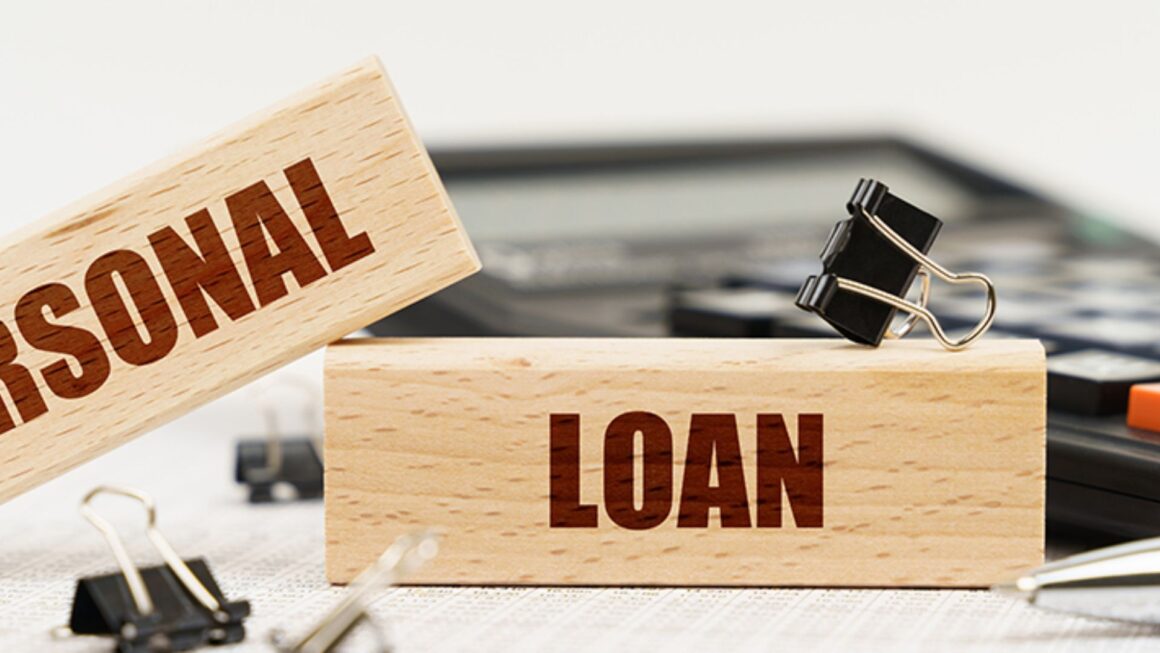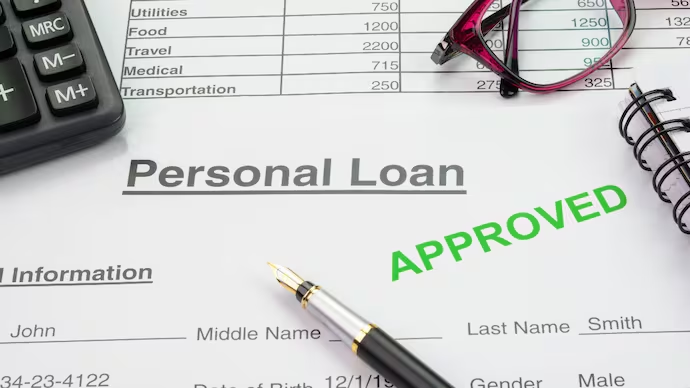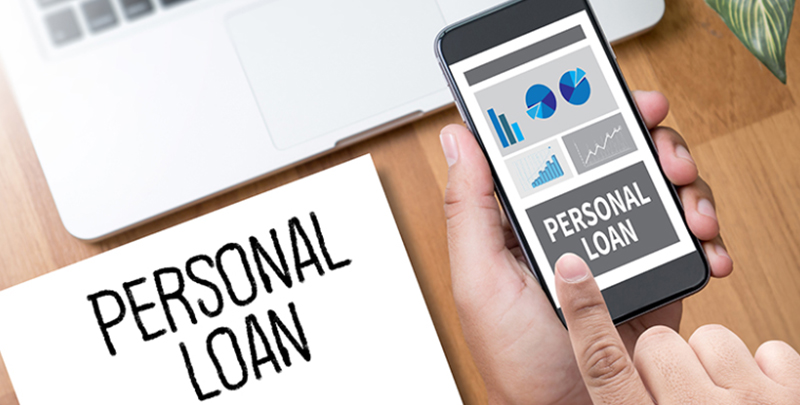In emergencies, big life moments, or sudden expenses, fast and reliable access to cash can be a game-changer. This is where quick personal loans come in. Unlike traditional loans that may take days or weeks, quick personal loans offer speedy approval and fast funding—sometimes within hours. But rushing in without understanding can cost you more than you save. This article dives deep into how to get a quick personal loan today—efficiently, safely, and with your best interests in mind.
Key Takeaways
- Understand your need: Only borrow what you truly require.
- Check your credit: Knowledge is power—better scores = better rates.
- Prequalify & compare: Use soft inquiries to shop safely.
- Act during business hours: Quicker funding when banks are open.
- Prepare documents: It speeds up approval.
- Watch fees & term details: The cheapest APR might not always be the best deal.
- Use funds wisely: Ensure repayment is manageable.
What Makes a Personal Loan “Quick”?

Before diving into steps, let’s clarify what “quick” means in personal loans.
1. Fast Approval
Some online lenders provide decisions in minutes or hours using digital underwriting and automated systems.
2. Rapid Funding
Funds are deposited directly into your bank account—often within the same day or next business day, depending on the lender and your bank.
3. Minimal Paperwork
Digital lenders reduce friction with simplified applications and fewer document requirements.
4. Online Processes
Everything—from applying to signing and receiving funds—is done online, often from your phone or laptop.
5. No Collateral Required
As unsecured loans, quick personal loans don’t ask for collateral, which speeds up approval.
5 Steps to Get a Quick Personal Loan Today
1. Know Your Loan Needs
- Purpose: Are you covering an emergency expense, consolidating debt, or making a purchase?
- Amount: Only borrow what you absolutely need.
- Timeline: Decide how fast you need the money and how long you’ll need to repay it.
Understanding this upfront helps you select the right lender and loan term.
2. Check Your Credit Score
While quick lenders may approve on fair credit, your credit score affects interest rates and approval likelihood.
- Excellent (750+): Access to best rates and multiple lenders.
- Good to Fair (650–749): Still eligible; expect decent offers.
- Below 650: Might face higher rates or smaller loan amounts.
Use tools like Credit Karma, Experian, or your bank to get free credit scores and reports.
3. Prequalify Online
Look for lenders that offer soft prequalification—this checks your eligibility without affecting your credit score.
Common lenders offering this:
- SoFi
- Marcus by Goldman Sachs
- Upgrade
- Upstart
- Avant
Enter a few details to see estimated rates and loan offers without hard inquiries.
4. Compare Offers
Evaluate key factors:
- APR: Lower means lower cost.
- Loan Amount & Term: Ensure terms fit your budget.
- Fees: Watch for origination, late, or prepayment penalties.
- Funding Speed: Look for lenders offering same-day or next-business-day deposits.
- Reputation: Check reviews and customer service ratings.
5. Apply & Fund
Once you’ve chosen a lender:
- Complete the full application with accurate information.
- Submit required documentation (ID, income proof, bank details).
- Review and digitally sign the loan agreement.
- Lender performs a final credit check and approves the loan.
- Funds are deposited quickly—sometimes within hours, often by next business day.
Fastest Personal Loan Lenders
| Lender | Typical Approval Time | Funding Speed | APR Range | Loan Amount |
|---|---|---|---|---|
| SoFi | Minutes–Hours | Same/Next business day | 5.99–18.85% | $5,000 – $100,000 |
| Marcus by Goldman Sachs | Hours | Same/Next business day | 6.99–19.99% | $3,500 – $40,000 |
| Upgrade | Minutes–Hours | Same business day | 7.99–35.97% | $1,000 – $50,000 |
| Upstart | Minutes–Hours | Next business day | 6.18–35.99% | $1,000 – $50,000 |
| Avant | Minutes–Hours | Same/Next business day | 9.95–35.99% | $2,000 – $35,000 |
Tips for Speed and Savings
- Apply during business hours for quicker verification.
- Have documents ready: ID, proof of income, and bank statements.
- Enable autopay to reduce rates or avoid late fees.
- Choose digital-only lenders for the fastest process.
- Don’t overborrow—this increases your interest burden.
- Read fine print—watch for hidden fees or penalties.
Risks & Considerations
Quick personal loans offer speed and convenience—but fast money isn’t always cheap or risk-free. While they can be extremely helpful in emergencies, borrowers must consider the potential downsides to avoid falling into deeper financial trouble. Below are the major risks and considerations to keep in mind:
1. High Interest Rates for Lower Credit Scores
Quick loan approval often comes with a tradeoff—especially for those with fair or poor credit. While high-credit borrowers may access low APRs, others might face rates of 25%–35% or more. This significantly increases the total cost of borrowing.
- Example: A $5,000 loan at 30% APR over 3 years will cost you over $2,500 in interest alone.
- Solution: Shop around, improve your credit if possible, and consider alternatives if the rate is too high.
2. Origination and Processing Fees
Many fast loan providers charge origination fees, which can range from 1% to 10% of the loan amount. This fee is often deducted from your total loan, meaning you receive less money than you applied for.
- Tip: Always check the APR, not just the interest rate. APR includes all fees and provides the true cost of the loan.
3. Shorter Repayment Terms
Some quick loans require repayment within 12–24 months, resulting in higher monthly payments that may strain your budget—especially if your income is inconsistent.
- Impact: Missing payments can lead to late fees, damage to your credit, or even debt collection.
- Tip: Choose the shortest term you can comfortably afford—not the shortest term offered.
4. Debt Cycle Risk
Taking on quick loans frequently—or using one to pay off another—can trap borrowers in a debt spiral. The ease of access makes it tempting to rely on loans for recurring expenses rather than one-time needs.
- Warning Signs: Regularly needing new loans to pay bills, skipping payments, or using loans to pay off other debt.
- Tip: Use quick personal loans for one-time or emergency expenses, not for managing your monthly budget.
5. Predatory Lenders and Scams
The fast-cash industry can attract shady lenders that prey on desperate borrowers. Some lenders offer loans with sky-high APRs, hidden fees, or even fake promises of guaranteed approval.
- Red Flags: No credit check, pressure to act fast, upfront payment demands, lack of contact info or physical address.
- Tip: Verify lender licensing in your state, check reviews, and avoid offers that seem too good to be true.
6. Impact on Credit Score
Although many lenders offer soft-check prequalification, the formal application involves a hard inquiry. Additionally, missing payments or defaulting can damage your credit for years.
- Tip: Apply only after reviewing prequalified offers and choose a lender that reports to credit bureaus so on-time payments help your credit.
7. Prepayment Penalties
Some lenders charge fees if you repay your loan early, reducing or eliminating the interest they would have earned.
- Tip: Look for loans with no prepayment penalties, especially if you plan to pay it off ahead of schedule.
8. Bank Processing Delays
Even if your lender releases funds quickly, bank processing times can delay your actual access to cash by 1–2 business days.
- Tip: Apply early in the day and avoid weekends/holidays for faster funding.
9. Limited Loan Flexibility
Quick loans often come with limited customization—such as rigid repayment schedules, automatic deductions, and fewer options to restructure the loan later.
- Tip: Always understand the loan terms and ask about options for deferment or restructuring in case of financial hardship.
10. Lack of Financial Planning

Because quick personal loans are easy to get, some borrowers skip budgeting or financial planning altogether, increasing the risk of poor long-term money management.
- Tip: Have a repayment plan in place before taking out a loan. Consider whether the loan solves the problem or just delays it.
Also Read :-How Can You Find the Best Personal Loan Rates Today?
Conclusion
Quick personal loans are a powerful financial tool when time matters—emergencies, travel needs, unexpected bills. By preparing in advance, prequalifying with multiple lenders, comparing terms, and applying efficiently, you can access swift funding at competitive rates. Remember: speed is great, but not at the expense of cost or clarity. Read the terms carefully, borrow responsibly, and make sure the repayment plan fits your budget.
FAQs
1. Can I get a personal loan the same day?
Yes, certain online lenders may approve and fund loans within hours—especially if you apply early and bank with a linked institution.
2. What credit score do I need for a quick loan?
Minimum scores vary, but generally:
- 650+ gets competitive rates.
- 600–649 may still qualify at higher APRs.
- Below 600 might get limited or expensive offers.
3. How much can I borrow in a quick personal loan?
Typical amounts range from $1,000 to $100,000. However, most quick loans cap at around $50,000.
4. What if I repay early?
Many quick loan lenders allow penalty-free early repayment, saving you interest. Always check your loan terms to confirm.
5. Can I prequalify without affecting my credit?
Yes—most quick lenders offer soft credit checks for prequalification, which don’t impact your credit score.
6. Are quick personal loans expensive?
They can be, especially for fair or poor credit. However, good credit borrowers still often secure reasonable rates and quick access.
7. What documentation is required?
Typically: ID, income proof (pay stubs or bank statements), and bank account information. Some lenders may ask for more depending on the loan size.



